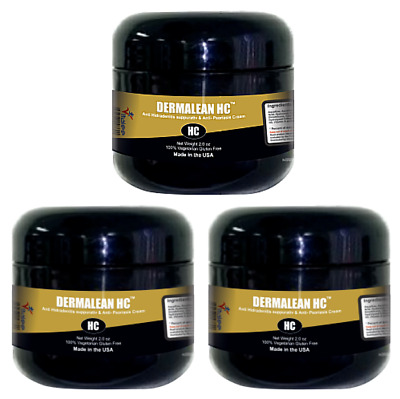Muscle Therapy For Pulled Muscle Pain

Pulled muscle is the term given to strain, spasm, or tearing of muscles
While a strained back muscle or pull may appear to be a minor problem, the resulting muscle spasms and pain can be very severe. This article will give you a few tips on how to effectively treat and prevent pulled muscle problems.
Types of Pulled Muscle: Some forms of pulled muscle occur when the tendons or ligaments between muscles get pulled or torn. Common causes are overexertion, stress, and muscle imbalances (such as the overuse of a muscle or tightness of muscles in the lower back or abdomen). Other causes include accidents and trauma, such as a whiplash injury, or injury caused by sports, like an elbow or a broken bone.
Treatment of Pulled Muscle: After experiencing any kind of muscle strain, it's important to rest the area to avoid further injury. The most common symptom is a pain in or around the muscle. The pain is normally felt as a sharp, stinging, tingling feeling. If the pain is not relieved, it may also affect your ability to move or perform certain tasks. There may also be swelling and bruising.
Muscle Therapy: Many people prefer to take pain medication for their pulled muscles. However, many patients also find that massage and exercise are more effective in dealing with pulled muscle symptoms. Aromatherapy, chiropractic adjustments, and electrical stimulation are also used to treat muscle spasms. These techniques help to alleviate inflammation and the pain that accompany them.
Muscle Therapy Remedies: If you have already tried various treatments and still experiencing the same problems after several months of treatment, you may need to take muscle relaxers or take anti-inflammatory medications. Also, if the pain is acute and persistent, you may need to seek immediate medical attention. Your doctor may refer you to a physical therapist to provide assistance with stretching and strengthening exercises for your muscles.
Muscle therapy: Stretching exercises help reduce pain and heal muscles, but strengthening exercises are essential to keep your muscles healthy and functioning properly. This helps to avoid stretching and stretching in the future. If you can continue with the program, you will ultimately eliminate the risk of re-injury.
Therapy and Treatment: There are many types of therapies that can be helpful in treating muscle sprains. Massage is an effective treatment. You can ask a therapist to perform your own massage, or choose from one of the massage therapy kits that are available in stores or online. Other treatments include acupuncture, hot and cold therapy, and hydrotherapy.
In some cases, surgery is sometimes recommended to prevent further injury and stress. Before trying these treatments, it is important to consult with your doctor to determine which therapy is best for your specific condition.
Treating muscle spasms: There are many ways to treat muscle spasms. One way is to use an epidural injection. This injection is injected into a stretched muscle to help control pain and allow it to heal.
Another option is muscle relaxation. This technique involves slowly stretching and strengthening the muscles to avoid further injury.
For many patients, muscle relaxation therapy is effective in both relieving symptoms and treating their condition. While muscle relaxation is not a permanent treatment, it can help prevent further injury and the possibility of re-injury to the muscles.
Muscle Therapy and Spasm Treatments: When dealing with pulled muscle pain and spasms, you should take special precautions to prevent re-injuring your muscles. Always use caution when doing activities that cause undue strain on your muscles and ensure that you are wearing the correct footwear when using your equipment. Always check with your doctor about any health issues or concerns that you have before starting any exercise program or trying any treatment.

